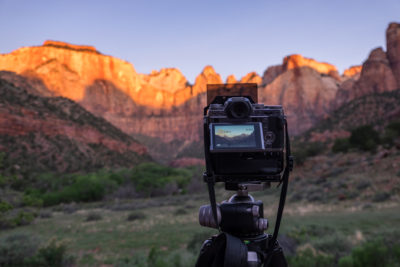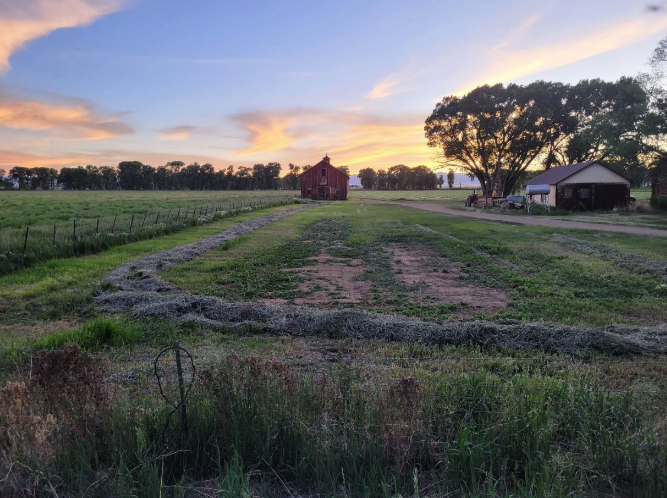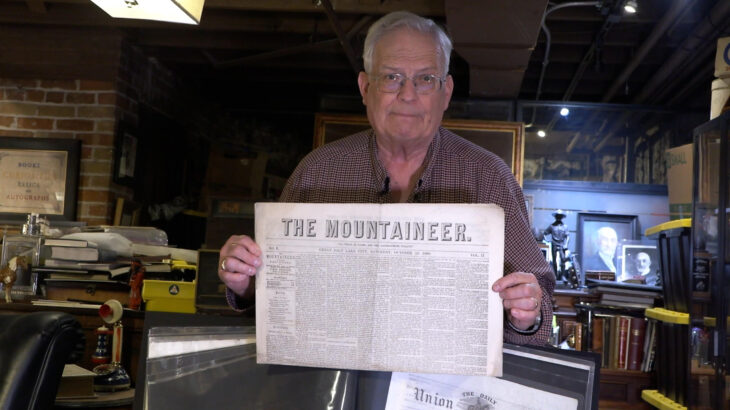The Soul of the Native American Artist” to share Native American Perspectives, Heritage
MORMON PIONEER NATIONAL HERITAGE AREA (MPNHA)
“The Soul of the Native American Artist” to share Native American perspectives, heritage
Linda Petersen Mormon Pioneer National Heritage Area
801-554-7513
Email: linda@bpmedia.com
FOR IMMEDIATE RELEASE: October 16, 2015
RICHFIELD—The Mormon Pioneer National Heritage Area (MPNHA) will showcase Native Indian artist David K. John in a special two-day event, “The Soul of the Native American Artisan,” at the Richfield City Building, 75 East Center, on Friday, Oct 23 and Saturday, Oct 24.
This free event is open to the public from noon to 5 p.m. on Oct 23 and from 8 a.m. to 3 p.m. on Oct. 24.
John, a member of the Navajo tribe, is a 1982 Richfield High School graduate who has maintained many ties to the Richfield area. Through his art, John will share with participants the culture and heritage of American Indians, in particular the Navajo tribe.
With this program, the MPNHA seeks to share with the public John’s unique perspectives regarding the natural environment, the earth, cosmos, animal life, aquatic life, dwelling structures and his connection to a deeply holistic spiritual life.
Throughout the event, interactive discussions with the public will be led by project director Emery Polelonema, John and locally known archeologist Craig Harmon, who will give scientific and historical context to John’s native art impressions.
Along with the exhibit and discussions, from noon to 3 on Saturday, Oct. 24, Navajo students from Richfield will share an artistic display of dance.
“We want to educate the public about who we are as Native Artwork in this press release are some examples of the art that will be at the event.
— 2
Americans and what we can contribute to the arts and humanities,” said Polelonema, a Native American and an official with the Six County Association of Governments.
“In popular culture, there is a misconception of the Native American artist as a ‘blanket Indian,’ one who returns to the reservation, who cannot stay out in the mainstream,” he said. “That is a complete misnomer.”
Richfield Mayor David Ogden will speak at the opening of the event at noon on Oct. 23. “We are really excited about David K. John coming back to the Sevier Valley,” Ogden said. “He has some amazing talents which he has put to use and has created beautiful pictures of the world and of Native Americans.”
“We feel so fortunate to have him come back and share it with us here in Richfield. We encourage everyone in the area to come enjoy his artwork and success.”
Organizers hope that this exhibit/showcase will supplement and enhance existing Utah pioneer history with Native American historical information and promote an understanding and appreciation for the rich Native American heritage of the area.
“The Mormon Pioneer National Heritage Area’s Management Plan places great emphasis on the rich heritage of Native Americans. Their deep appreciation of our mountains, streams and landscape constitutes the essence of what we stand for as a heritage area,” MPNHA Director Monte Bona said.
“We are especially pleased that our partners at the Utah Humanities Council are participating in this important program.”
This project is sponsored by the Utah Humanities Council and the MPNHA. For more information, contact project director Emery Polelonema at 435-201-9603 or MPNHA director Monte Bona at 801-699-5065.
###
About the MPNHA: The Mormon Pioneer Heritage Area is a federally designated area of central and southern Utah running along the beautiful and historic U.S. Highway 89 — including the All-American Road Utah State Route 12, and Capitol Reef Scenic Byway Utah State Route 24, which both intersect with U.S. 89 and together form the MPNHA’s Boulder Loop. The area includes the counties of Sanpete, Sevier, Piute, Wayne, Garfield and Kane.
About the Utah Humanities Council: The works to empower Utahns to improve their communities through active engagement in the humanities. To accomplish this, through its programs and grants it partners with individuals and groups across the state who want to put humanities ideas into actions that have a positive impact on their communities.



